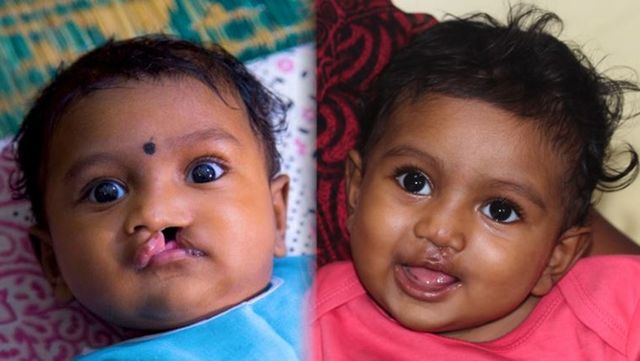World Smile Day 2020 is spreading happiness all over today. You’re officially obligated to smile today and do small acts of kindness. We are kidding. No one can force you to smile, it’s an act of will. However, there are millions of children and adults who want to break into a wide grin, but can’t because of a cleft lip or palate. They also face stigma because of their compromised appearance.
Companies like Himalaya, Muthoot, Heranba Industries and GSK Consumer Healthcare are trying to fix this in a big way through corporate social responsibility. These companies have been running strategic CSR initiatives that conduct free cleft lip and cleft palate surgeries. These targetted healthcare interventions are restoring one precious smile at a time.
What is World Smile Day?
World Smile Day has its origins in the ubiquitous smiley face. The symbol was actually created by American graphic artist Harvey Ball in the year 1963. The smiley face was an instant sensation, of course. It’s so well recognisable that hearing the words “smiley face” instantly brings to mind the all-too-familiar yellow circle with two black dots and a curve for a happy grin. The symbol made its way into pop culture. Hollywood film Forrest Gump and social media have made it part of everyday communication. It has become a symbol of genuine happiness and cheer.
However, Harvey was not happy with the way his motif was being co-opted for commercial and political purposes. It took away from the genuine human connection for which he created the symbol in the first place. So, Harvey established October 2nd as World Smile Day – back in the year 1999 – to regain control over its true purpose. It’s a day meant for smiling with abandon and for doing little acts of kindness. The day’s purpose circles back to the CSR aspect where free surgeries can bestow a smile on millions of babies and children.
What is cleft?
Cleft lip and/or palate is a birth defect which occurs when certain facial tissues do not fuse properly during fetal development. In India, it is estimated that more than 35,000 children are born with clefts annually. While the incidence of cleft is related to the density of population, Madhya Pradesh and Chhattisgarh see about 3500 cleft births annually.
Children with untreated clefts not only live in isolation, but more importantly, face physical difficulties with eating, breathing, hearing, and speaking, and are prone to frequent ENT infections. Less than 50% of children with clefts get treatment due to ignorance and poverty in India. They face social isolation, and many drop out of school due to speech-related learning problems, which in turn, leads to losing employment opportunities. Surgery is the only solution for this condition.


